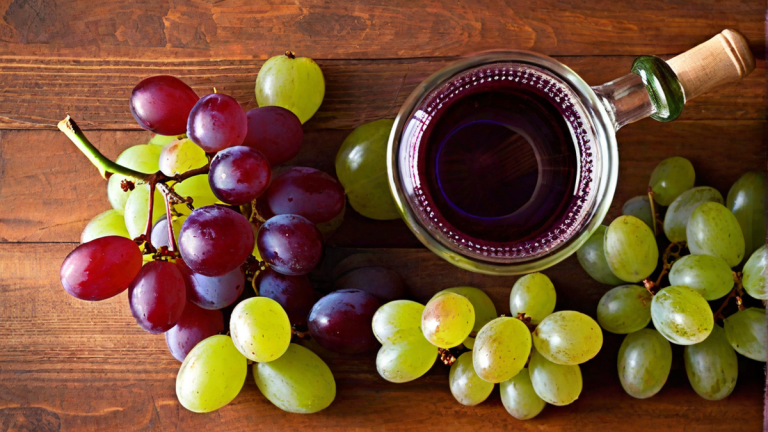I’m thrilled to present my blog post about making your own grape wine from scratch! As an avid wine enthusiast, I truly relish experimenting with different techniques for winemaking and adding a personal touch to each batch. The process of starting wine production from the ground up is an immensely rewarding and enjoyable experience, with the taste of a self-made bottle of grape wine being incomparably gratifying.
Gathering the Grapes
The first step in making homemade grape wine is, of course, gathering fresh grapes. You can either grow your own grapes or purchase them from a local vineyard or farmer’s market. It’s important to choose a grape variety that is suited for winemaking, such as Cabernet Sauvignon, Merlot, or Chardonnay. Make sure the grapes are ripe and free from any signs of damage or spoilage.
The Crushing Process
To extract the juice from the grapes, you’ll need to crush them. This can be done manually by stomping on the grapes with your bare feet (a fun and traditional method), or you can use a grape crusher or even a blender. Once the grapes are crushed, transfer them to a large fermentation vessel.
Fermentation and Aging
Now comes the exciting part – fermentation! The natural yeast present on the grape skins will start to convert the grape sugars into alcohol. You can add additional yeast if you want to ensure a more controlled fermentation process. Cover the fermentation vessel with a clean cloth or lid, allowing the gas to escape while preventing any contaminants from entering.
During the fermentation process, the wine will develop flavors and aromas. It’s important to monitor the temperature and check the specific gravity with a hydrometer to ensure the fermentation is progressing smoothly. Once the fermentation is complete, it’s time for the aging process.
Transfer the wine into a secondary fermentation vessel, such as a glass carboy, and let it age for several months or even years. This will give the wine time to develop complex flavors and mature. You can experiment with different aging techniques, such as using oak barrels or adding oak chips to impart a subtle oakiness to the wine.
Bottling and Enjoying
After the aging process, it’s time to bottle your homemade grape wine. Sterilize your bottles and corks to ensure they’re clean and free from any contaminants. Use a siphon or a funnel to transfer the wine from the fermentation vessel to the bottles, being careful not to disturb any sediment at the bottom.
Once the bottles are filled, seal them with corks or caps and store them in a cool, dark place. It’s recommended to let the wine age in the bottles for at least a few weeks to allow the flavors to further develop and integrate. However, if you’re too impatient, you can also enjoy a glass right away!
Personal Touches and Commentary
One of the things I love about making homemade grape wine is the opportunity to add personal touches and experiment with different flavors. You can try adding spices, fruits, or even honey to create unique and delicious wine blends. Don’t be afraid to get creative and let your taste buds guide you!
I’ve had great success adding a splash of elderflower syrup to my white grape wine, giving it a subtle floral note that complements the crispness of the grapes. For red grape wine, I like infusing it with cinnamon and vanilla beans, creating a warm and comforting wine perfect for cozy evenings.
Conclusion
Making homemade grape wine with fresh grapes is a labor of love that can result in a truly delightful and satisfying end product. From gathering the grapes to bottling the wine, every step is an opportunity to showcase your creativity and indulge in the art of winemaking. So why not give it a try and embark on this exciting journey? Cheers to homemade delights!




